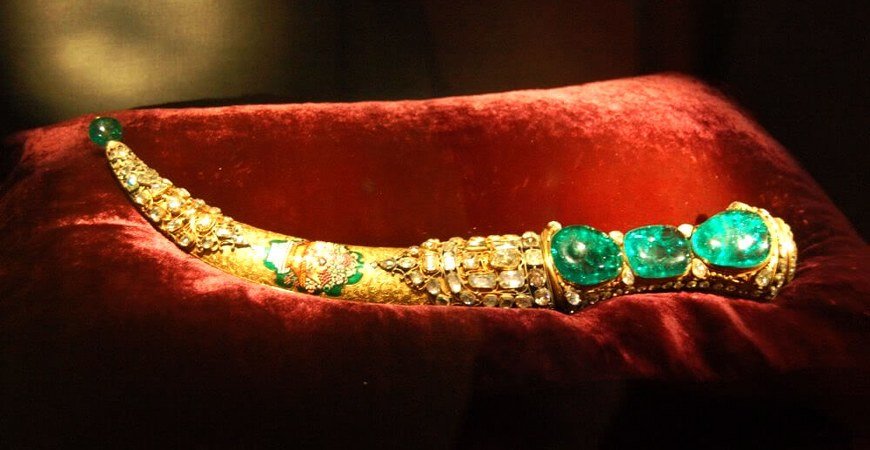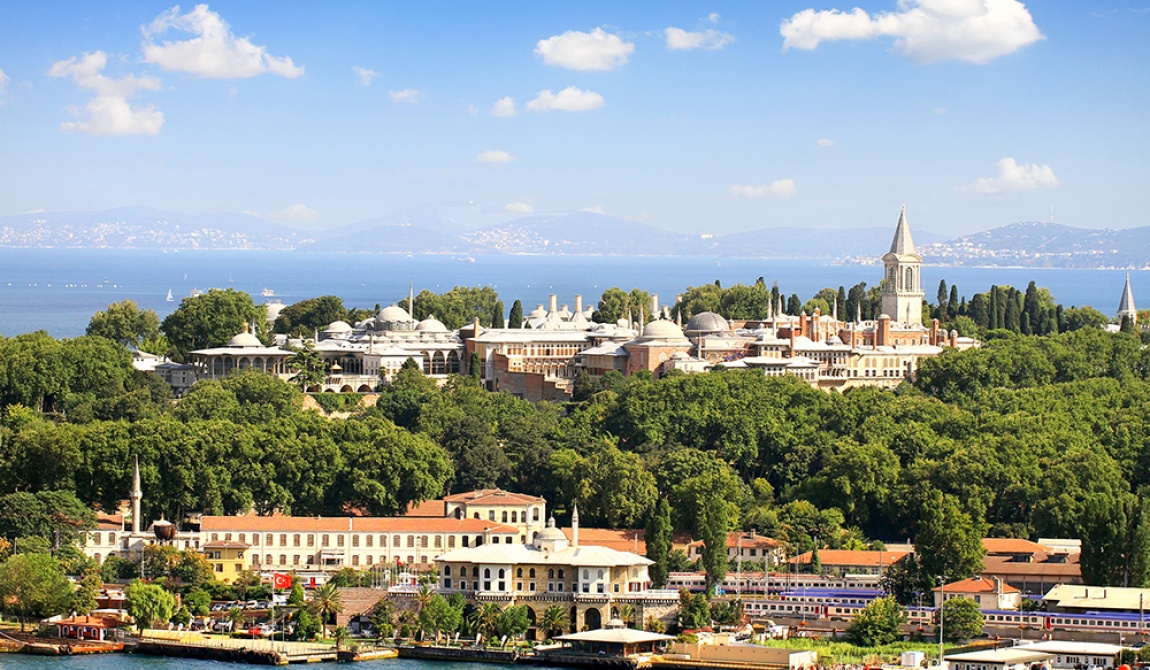 History
HistoryTopkapi Palace Museum: Where The Destiny Of The World Once Decided
By SU Magazin / 2022-10-12Topkapi Palace Museum is one of the precious jewels of Istanbul that must be visited. Best location to comprehend the Ottoman palace culture and history of once the most powerful empire of the world. Hundreds of world-famous Ottoman artifacts are on display in the different sections of the palace. A visit to the palace gives a fascinating glimpse into the colorful lives of sultans, courtiers, concubines, and eunuchs. The atmosphere of the palace will make you feel like you are in a Turkish historical drama series. All the drama and intrigue of the Ottoman court, if only the walls can talk. If you watched any of these Turkish series you know what I am talking about.

Topkapi Palace was the home of the mighty Ottoman Empire for over 4 centuries between the 15th and 19th centuries. After the conquest of Constantinople, Ottoman Sultan Mehmet the Conqueror ordered the construction of a new palace that reflects Ottoman strength. From the 1460s to the completion of Dolmabahce Palace in 1856, it was the center of the administration of the Ottoman Empire and was the main residence of sultans and their families until the 17th century. After the end of the Ottoman Empire in 1923, the Turkish government transformed Topkapı into a museum in 1924. The Topkapı Palace forms a part of the Historic Areas of Istanbul, a group of sites in Istanbul that UNESCO recognized as a World Heritage Site in 1985.
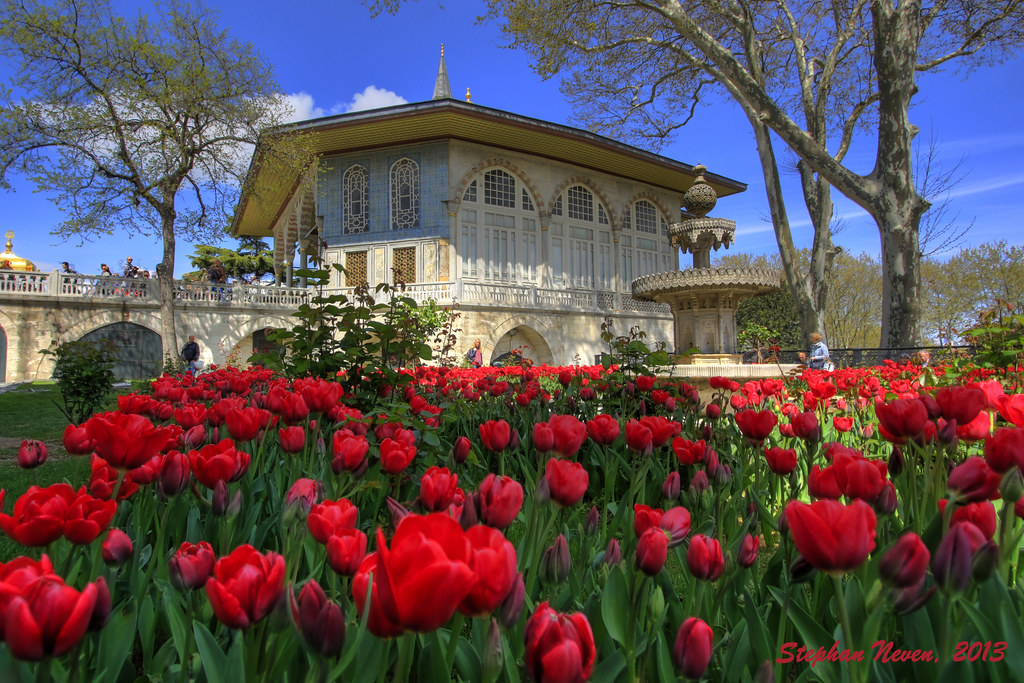
The palace is a massive complex with hundreds of rooms and chambers where once 4000 people lived. The palace complex consists of four main courtyards and many smaller buildings. But only the most important parts are accessible to the public such as Ottoman Imperial Harem and the treasury called Hazine where the Spoonmaker's Diamond and the Topkapi Dagger are on display. The museum collection also includes Ottoman clothing, weapons, armor, miniatures, religious relics, and illuminated manuscripts such as the Topkapi manuscript. There are dozens of buildings and kiosks in the palace that are decorated with utmost care and art. And these are some of the main attractions of the grand Topkapi Palace:
The Imperial Gate is the main entrance to the First Courtyard.
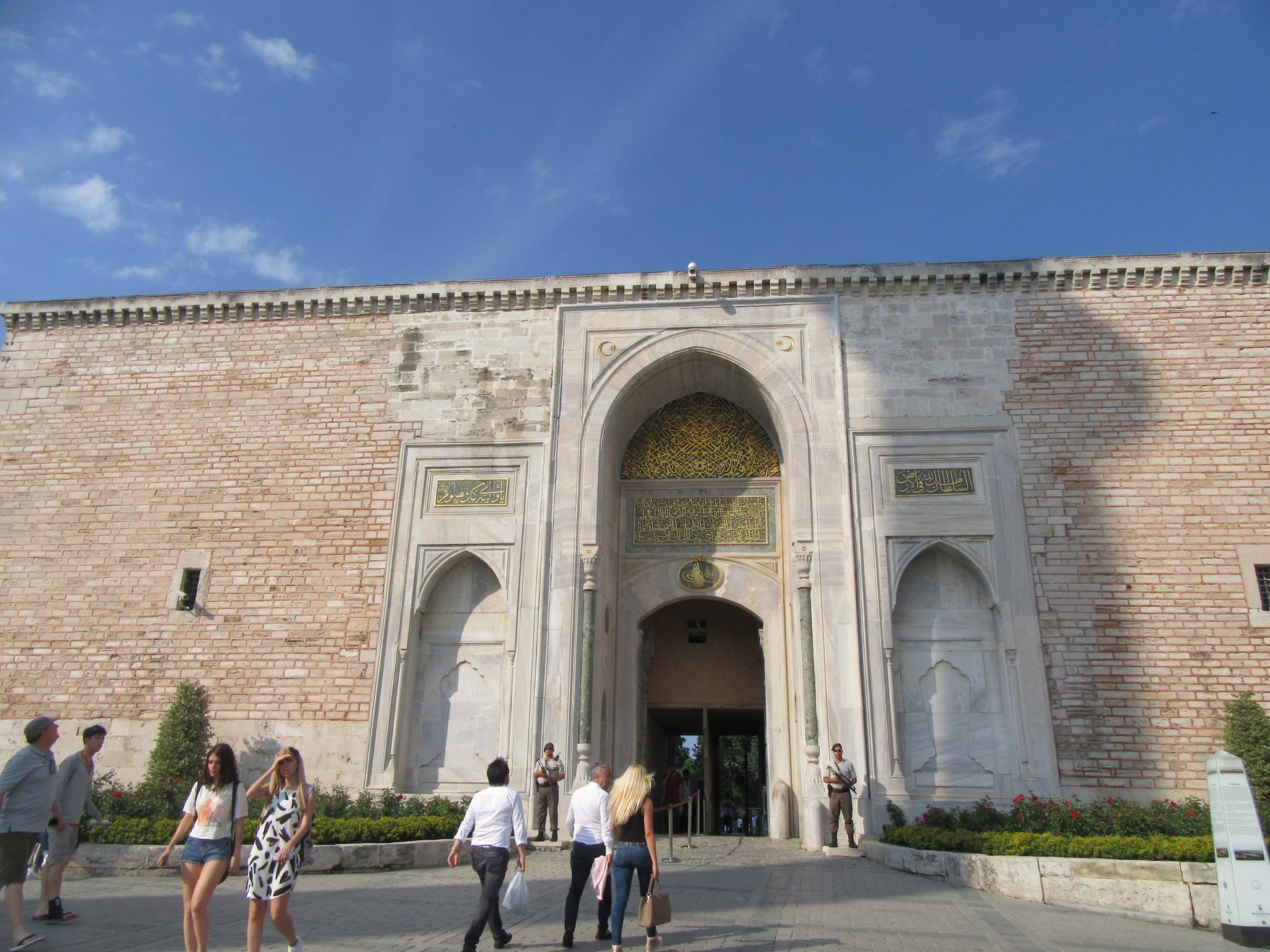
The Gate of Salutation is the gate of the Second Courtyard of the palace.
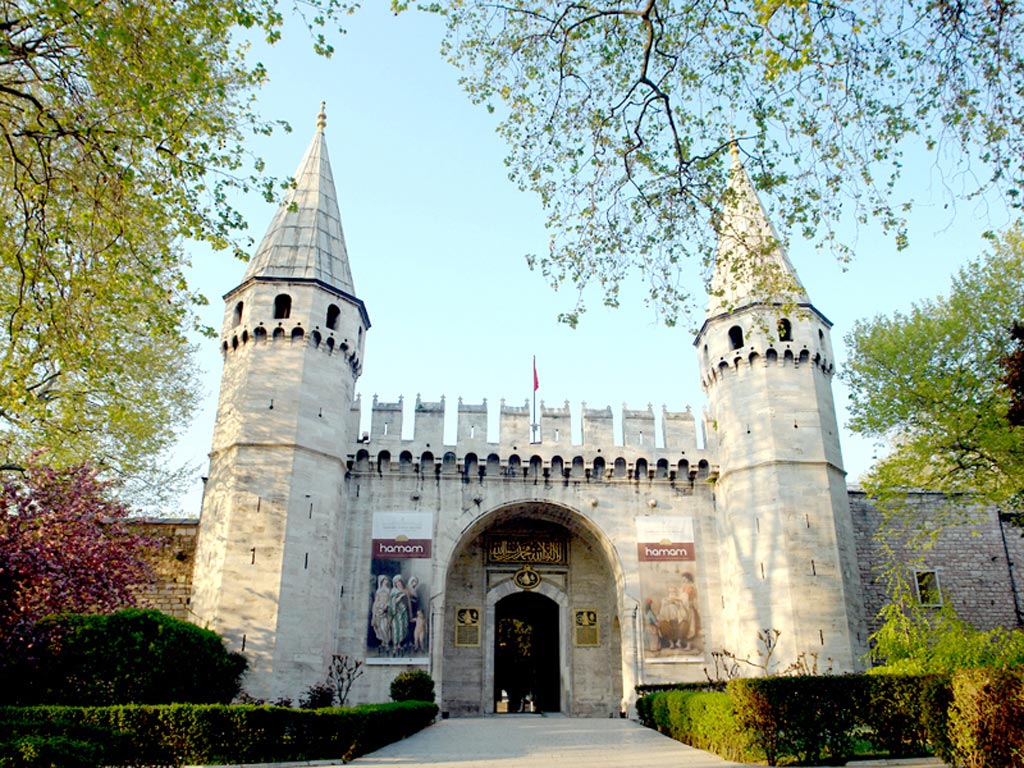
The Gate of Felicity marks the entrance to the Third Courtyard.
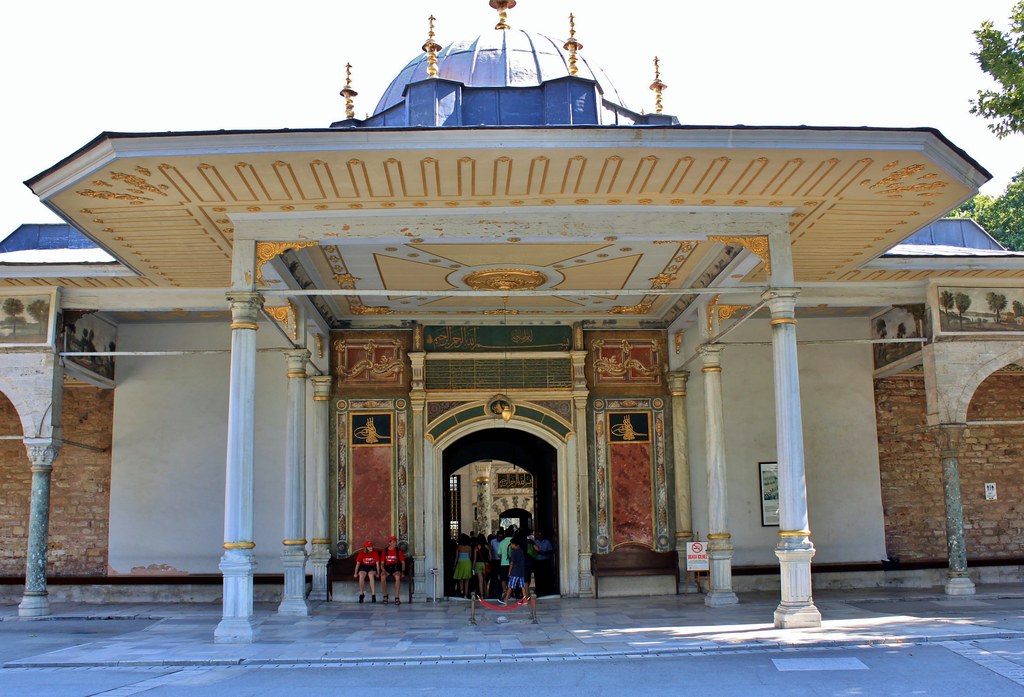
Harem was home to the sultan's mother, the concubines, and wives of the sultan, and the rest of his family, including children; and their servants. It was governed by strict rules and traditions. There is much to be told about the Harem which will be covered in another article.
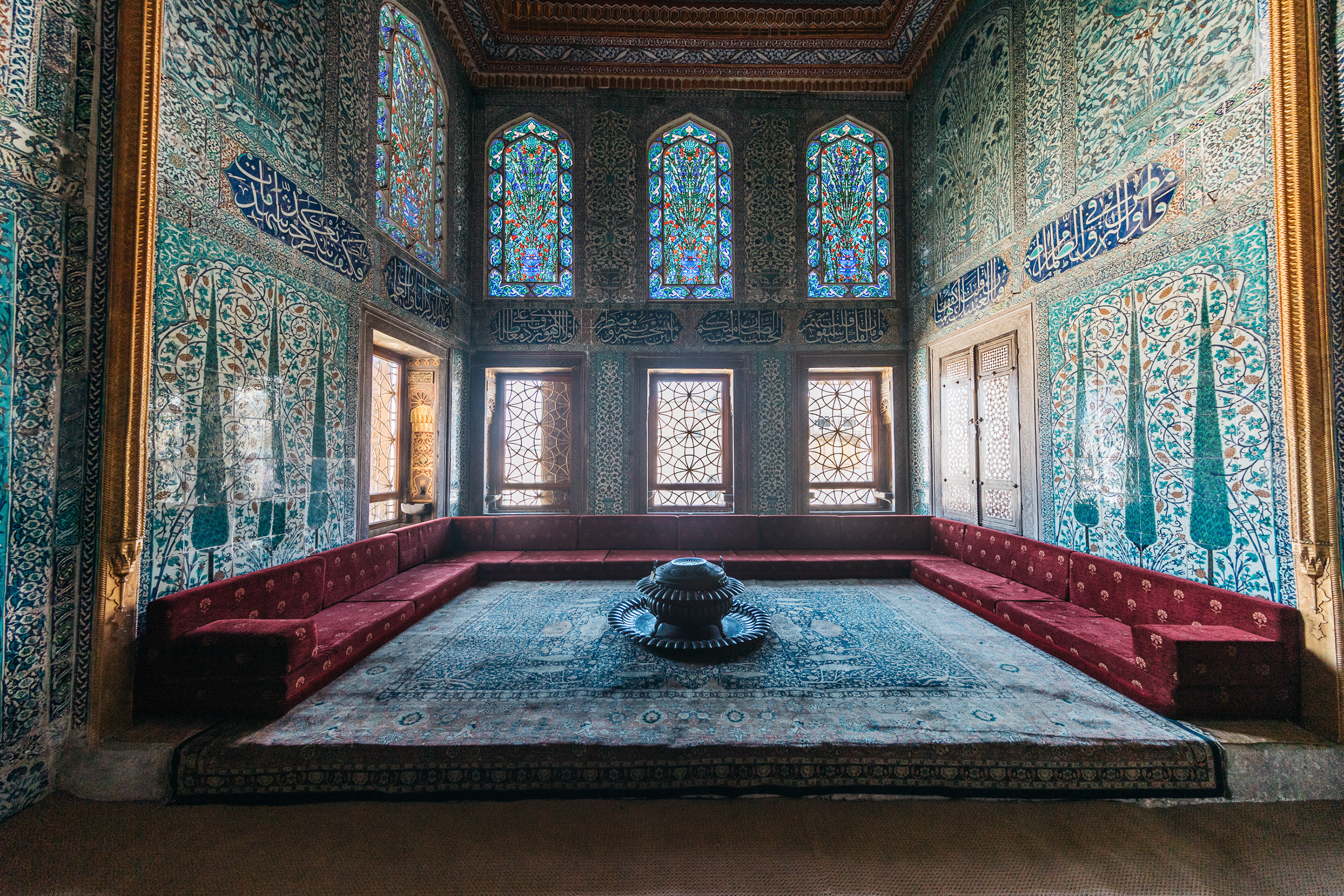
Imperial Hall (Hünkar Sofası): The hall served as the official reception hall of the sultan as well as for the entertainment of the Harem.
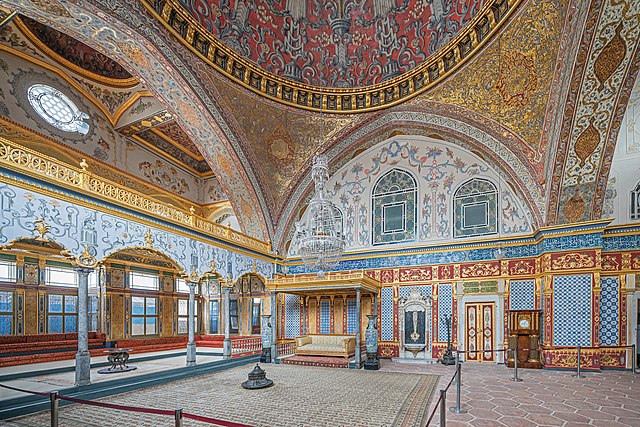
Fruit Room is the small but very colorful Privy Chamber of Ahmed III. Walls are painted with floral designs and fruit bowls with intricate tiles fireplace.
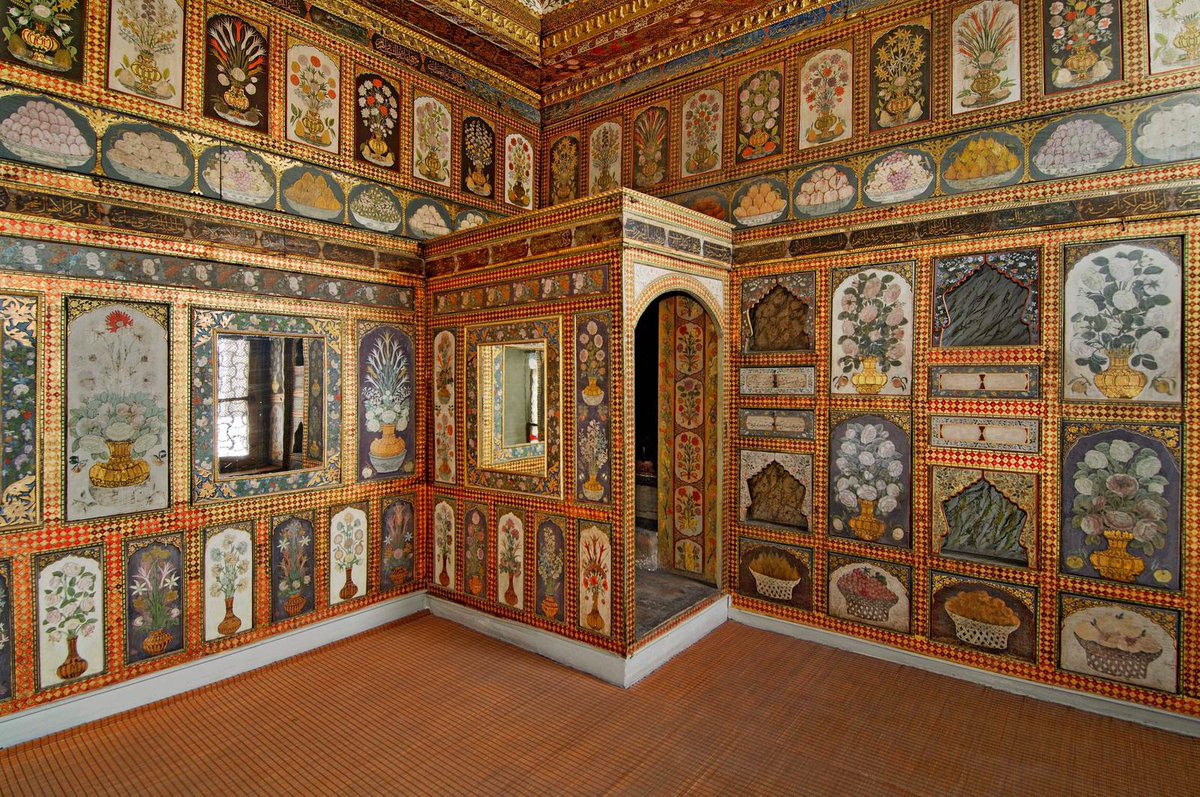
Spoonmaker's Diamond is the most eye-catching jewel in the palace. It is considered the fourth largest diamond of its kind in the world. It has many legends about its origin but non of them is certain.
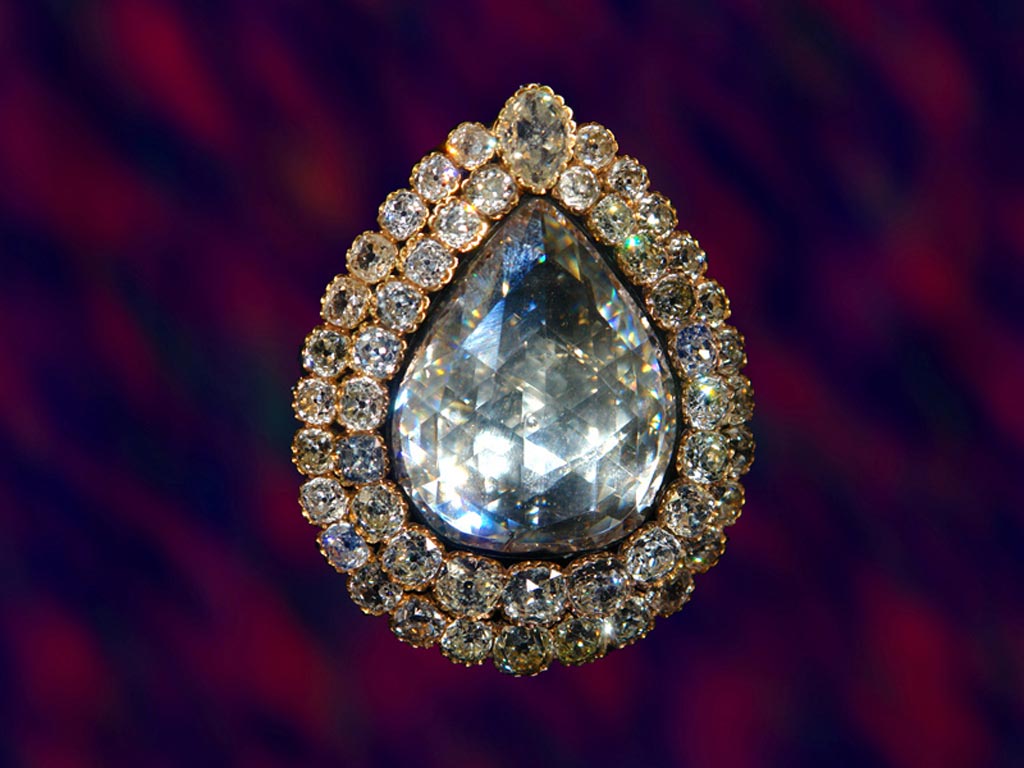
The Topkapi Dagger is an emerald-studded curved dagger of mid-18th-century origin. The dagger was a gift to the Shah of Iran but was returned when Shah Nadir Shah was assassinated before it could be delivered.
